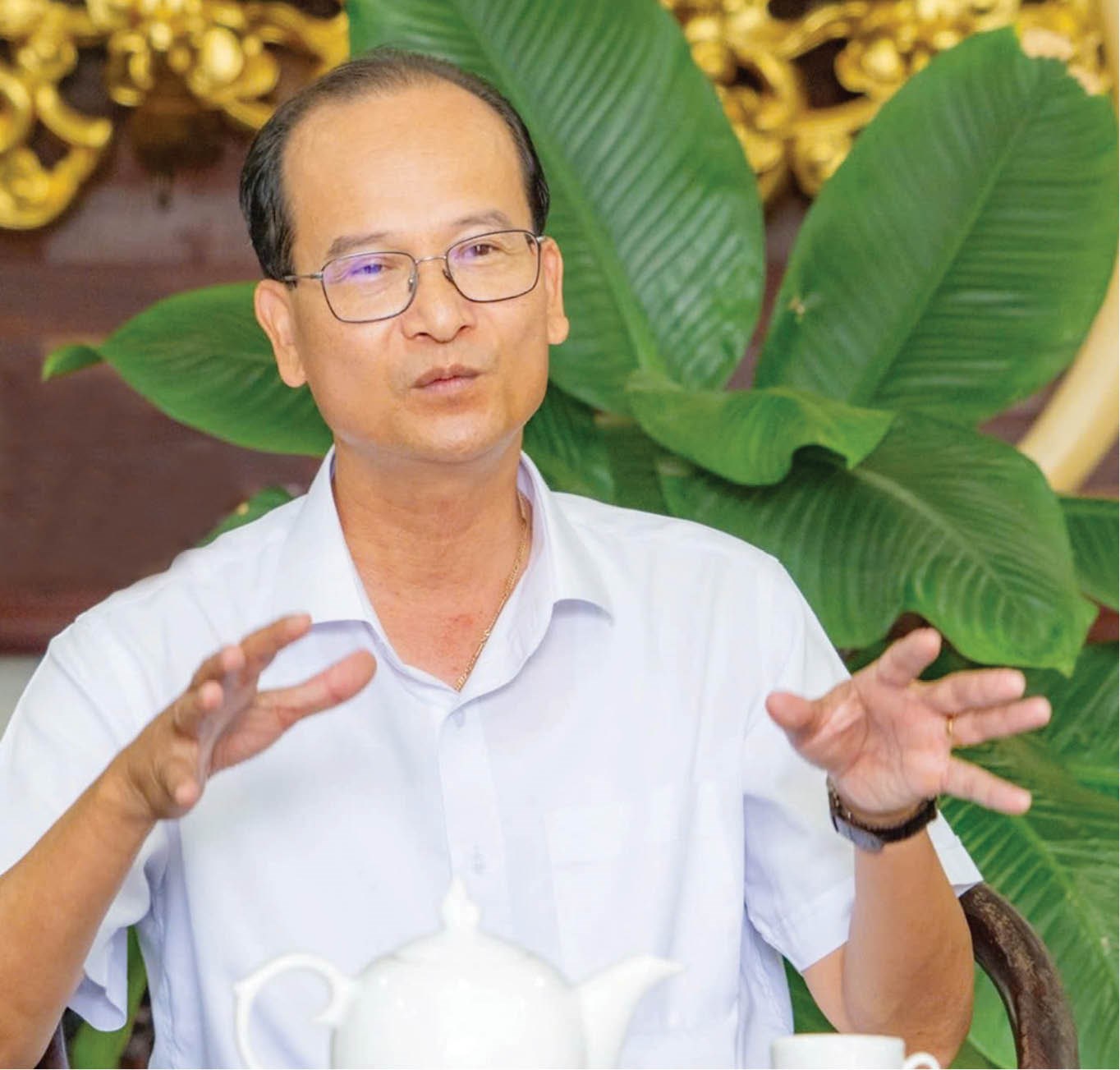 |
| Mr. Hoang Viet Trung, Director of Hue Monuments Conservation Center |
Sir, on this occasion of the Vietnam Cultural Heritage Day, will Hue relics have many good news? It is an occasion to review and honor the value of national cultural heritage, but this year, Vietnam Cultural Heritage Day is even more special because we have 3 major events taking place at the same time: The Provincial People's Committee organized a ceremony to receive the UNESCO certificate recognizing the Documentary Heritage "The reliefs on nine bronze cauldrons in the Hue Royal Palace" (Cuu Dinh). Announcing the completion of the project "Conservation and overall restoration of Thai Hoa Palace" and opening it to visitors. At the same time, groundbreaking was held to restore Can Chanh Palace. On this occasion, Artisan Kim Hyun Kon (Korea) also presented a set of plaques and People's Artisan Tran Do presented the relic with a Long Ma ceramic work. This is truly good news, delighting heritage lovers. Because after more than 60 years of research, Can Chanh Palace will be restored. Thai Hoa Palace relic has been completed after nearly 3 years of "major restoration" and reopened. Notably, after many years of waiting, UNESCO has also "named" the Nine Dynastic Urns as a unique world documentary heritage of Hue - Vietnam.
In recent times, how has the value of the rare documentary heritage of the Nine Dynastic Urns been preserved and promoted? Hue currently owns and co-owns 8 tangible, intangible, and documentary cultural heritages... recognized by UNESCO. This is a great "asset", a resource, a "launching pad" on the journey of Hue to become a centrally-run city, increasing the brand for Hue - "a destination with 8 heritages". The Nine Dynastic Urns recognized by UNESCO is the pride of Vietnam in general and Hue in particular, especially for us who directly manage and promote the value of the heritage. Affirming that the land of Hue contains many historical and cultural values, which will gradually be revealed, researched more deeply and recognized on a regional and global scale.
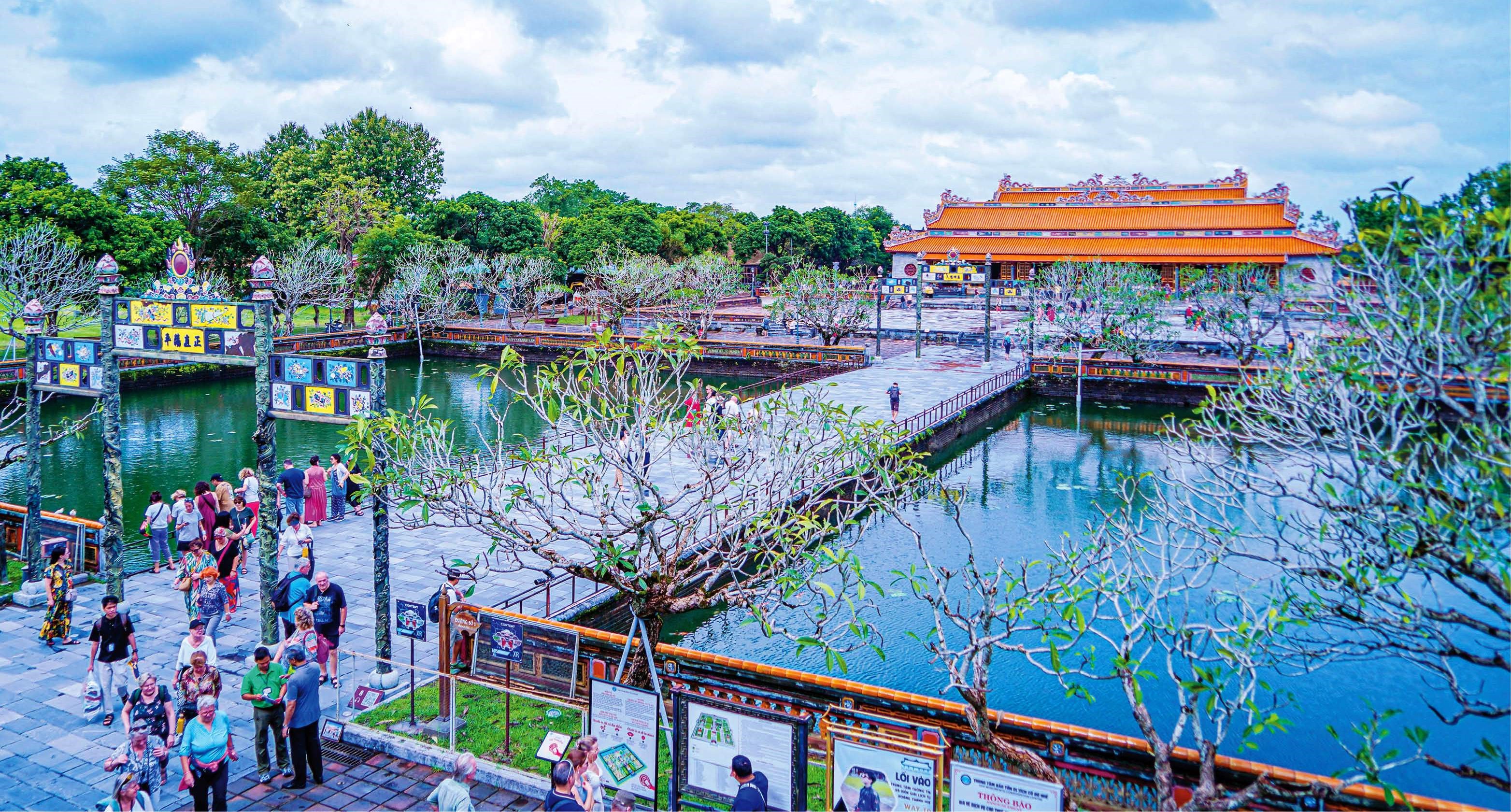 |
| Hue Imperial Palace. Photo: Bao Minh |
We have implemented communication, promotion, exhibition organization, clip production, book publishing about the Nine Dynastic Urns, and put them on digital space so that scientists, researchers, the public and readers can better understand the embossed images, the humanistic meaning and the story behind them. Thereby, spreading the historical and cultural significance of the ancient capital as well as of Vietnam to international tourists and friends. At the same time, the Center is also researching cultural products related to the Nine Dynastic Urns, including digital images as well as versions of gifts, souvenirs... "turning heritage into assets" to serve conservation and development.
It can be seen that the face of Hue heritage is constantly changing, gradually reviving to its inherent appearance in history and is reaching out with increasingly strong vitality; in which, what value will the completion of the restoration of Thai Hoa Palace bring to Hue relics, sir? Since being recognized by UNESCO as a World Cultural Heritage - the first tangible cultural heritage of Vietnam, the Complex of Hue Monuments has undergone two planning periods (1996 - 2010 and 2010 - 2020). With the attention of the Government, central ministries and branches, effective assistance from experts and the international community, the conservation of Hue Monuments has achieved many proud results. From 1996 to present, nearly 200 monuments have been preserved, renovated and restored. Among them are many large works with typical historical and artistic values such as Kien Trung Palace, Ngo Mon Gate, Hien Lam Pavilion, The Mieu relic cluster, the tombs of King Gia Long, Minh Mang, Thieu Tri, Tu Duc, Dong Khanh... Intangible cultural heritages have also been focused on studying, preserving systematically and promoting effectively.
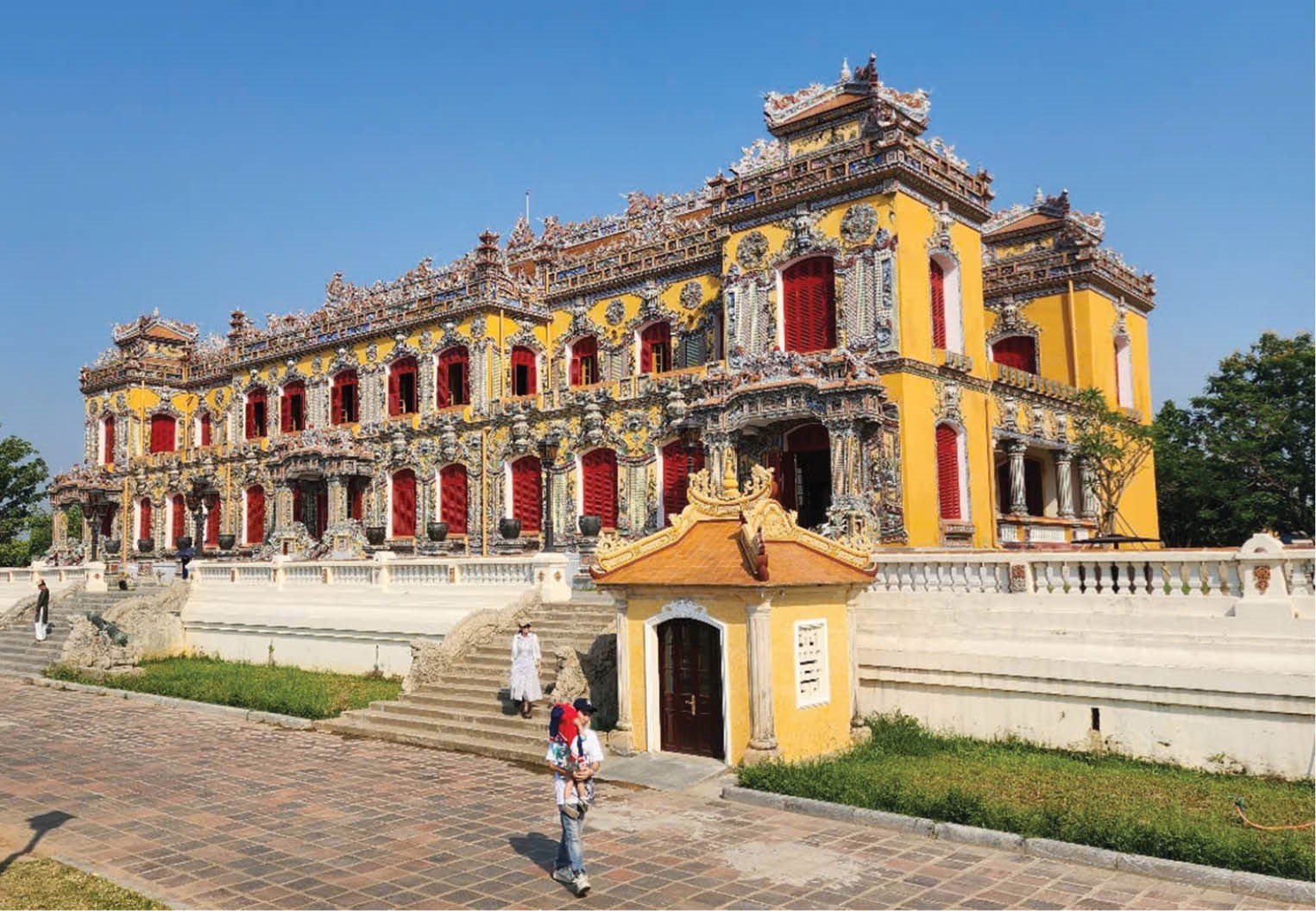 |
| The majestic and splendid Kien Trung Palace after restoration |
As one of the three most important palaces in the Hue Imperial Citadel, fortunately, the Thai Hoa Palace, despite its severe degradation after more than 200 years of existence, is still preserved intact. This is not only an architectural work but also a place to preserve a system of literature and poetry, in the unique "one poem, one painting" decorative form that has been recognized by UNESCO as a World Documentary Heritage. After completing the restoration of the Thai Hoa Palace, we hope to increase the value of the Hue Imperial Citadel in the perception of the public and tourists, and when it reopens, it will certainly be a tourist attraction that attracts a large number of visitors, contributing to raising the status and attractiveness of the entire Hue Monuments Complex.
Following the Kien Trung Palace restoration project, the Can Chanh Palace restoration project will be one of the typical examples of very elaborate survey and research? Can Chanh Palace is a special architectural work, with a scale among the largest in the Nguyen Dynasty Royal Palace. After 143 years of existence, spanning 13 Nguyen dynasties, in 1947, the palace was completely burned down. Associated structures such as Dai Cung Mon, connecting corridors, Van Minh Palace, Vo Hien Palace, Can Thanh Palace... all shared the same fate. Fortunately, the two Ta and Huu Vu buildings of Can Chanh Palace remained intact. The Can Chanh Palace restoration project is the inheritance of research results over the past six decades. There have been many opinions and debates surrounding historical documents, scientific bases, restoration plans... And the implementation of the Can Chanh Palace restoration can be said to be "fate". Up to now, we have had very solid, meticulous research results, carried out systematically over many years with a diverse and scientific international approach; the sources of documents, especially film and photo documents are very rich; experience in the restoration of relics combined with many research solutions on works of the same age... And on the Vietnamese Cultural Heritage Day, November 23, the project will be implemented, meeting the expectations of those who work in conservation and love Hue heritage. Along with Can Chanh Palace, Dai Cung Mon relic will also be restored. With the aim of completing this area as a whole, we will focus on implementing, trying to complete as quickly as possible and put the two works into operation at the same time.
In the restoration of relics, what is important, according to you? Restoration of relics is always a big challenge, requiring a lot of research effort, time and budget. The biggest goal is to keep the work lasting, ensuring the original elements of the relic. In the preservation, restoration, and restoration, the important thing is documents, especially photo documents. To find sources of documents, we have tried to connect all domestic and foreign organizations and individuals in many ways: buying, selling, auctioning, mobilizing, sending people to France... to have as many documents and historical data as possible to supplement the scientific records. Because restoration is a very special science, with the ultimate principle of ensuring originality.
Thank you! Source: https://huengaynay.vn/van-hoa-nghe-thuat/bao-ton-phat-huy-gia-tri-di-san-co-do-hue-148314.html





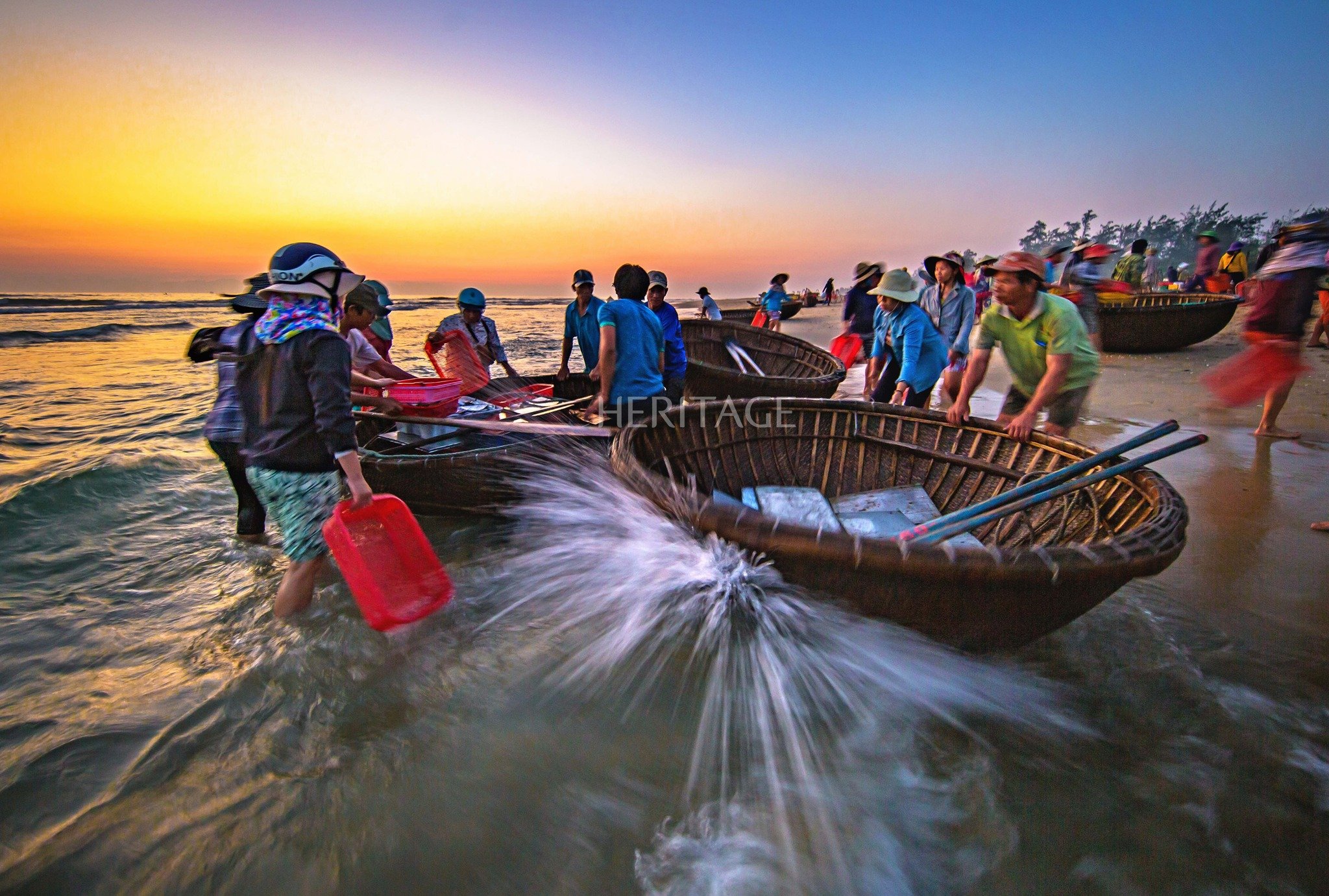
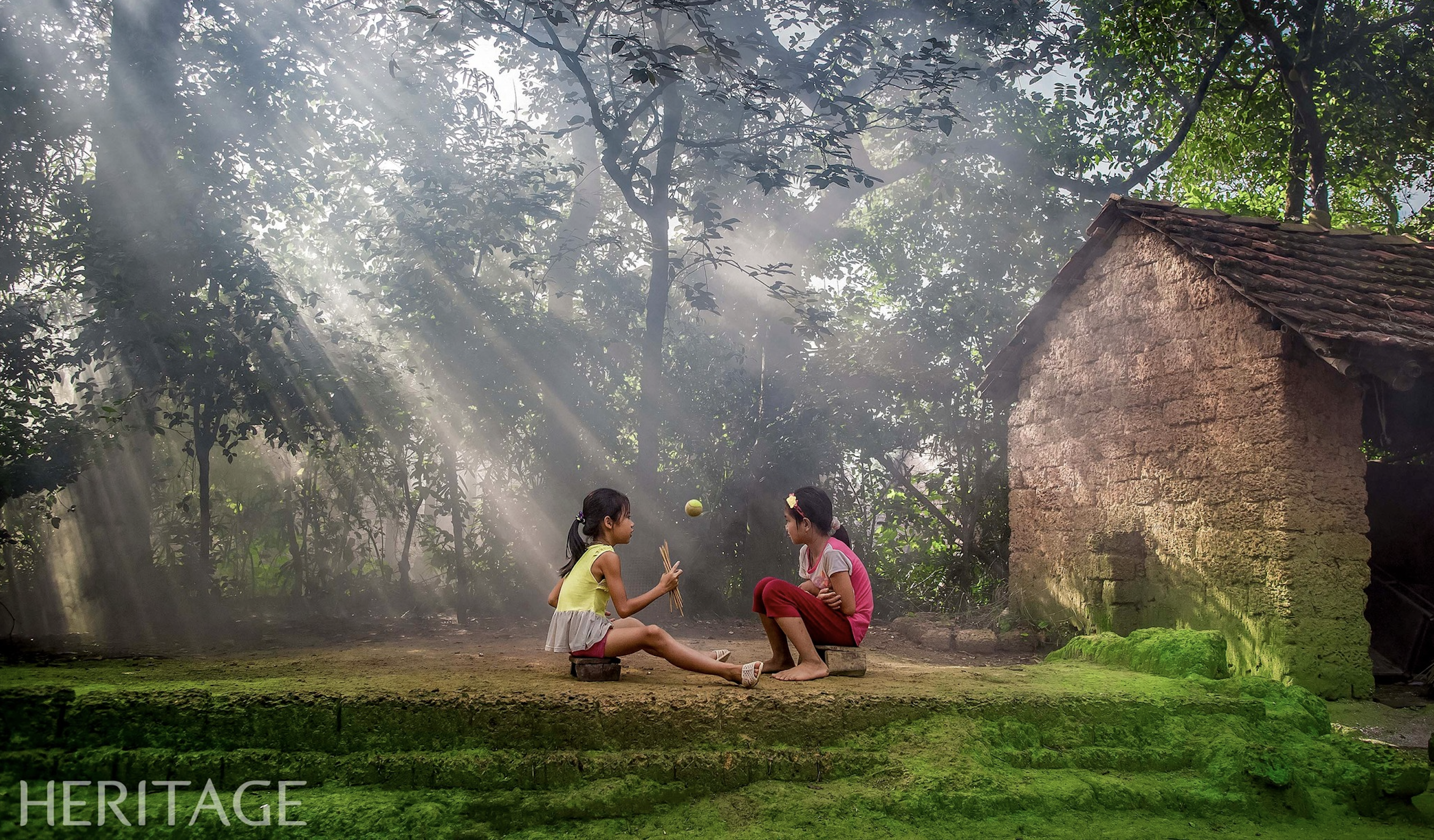
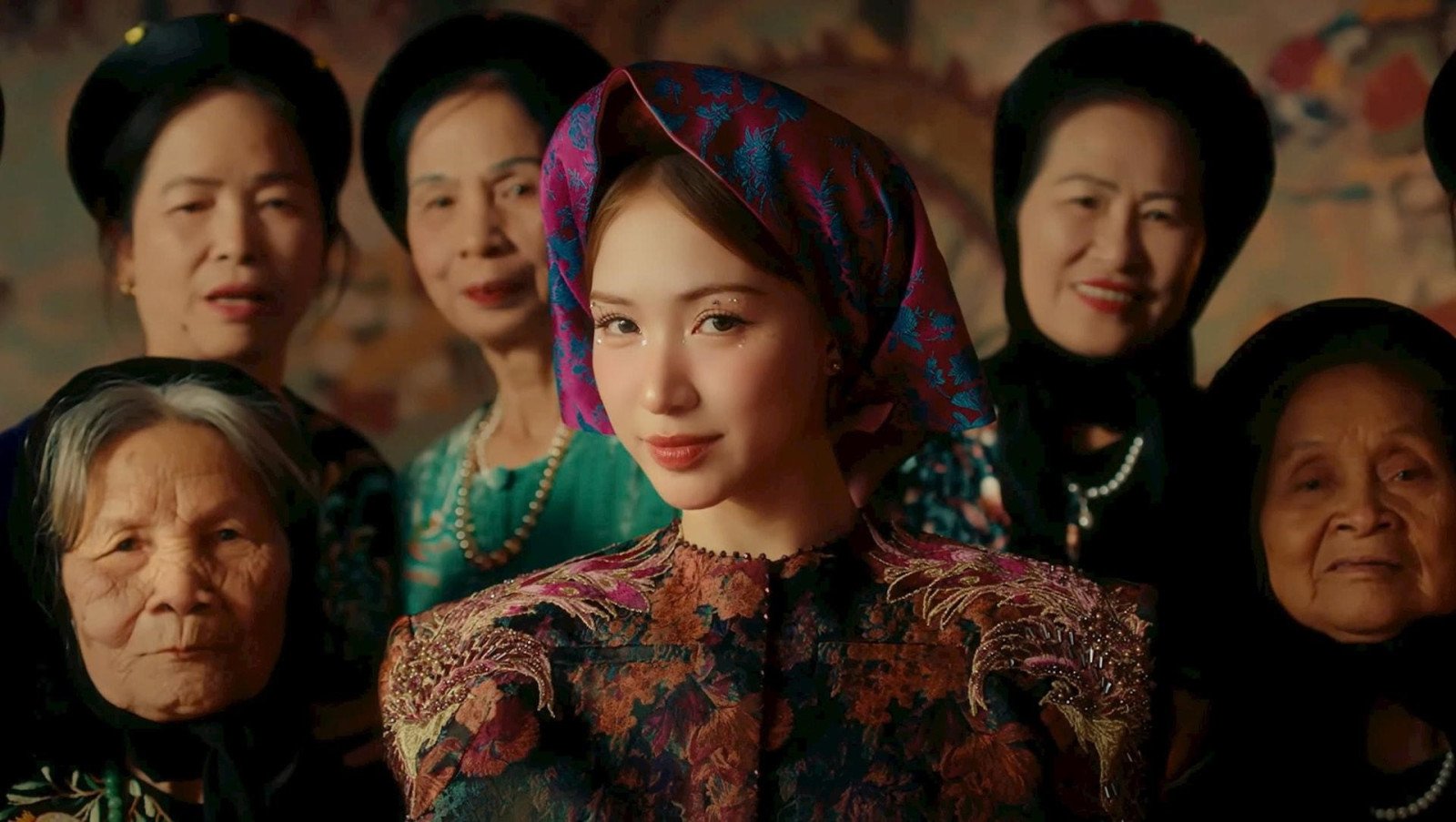
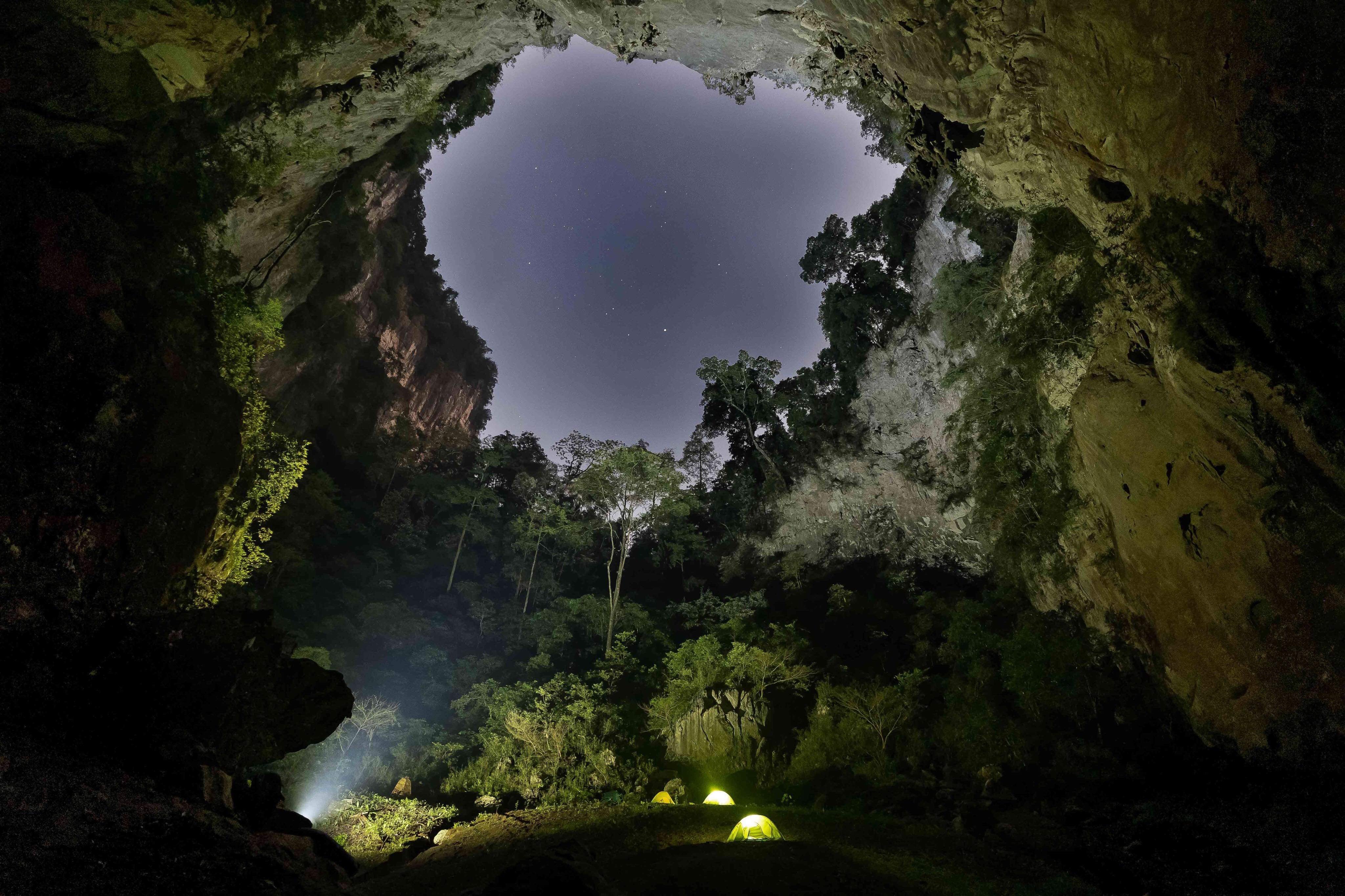
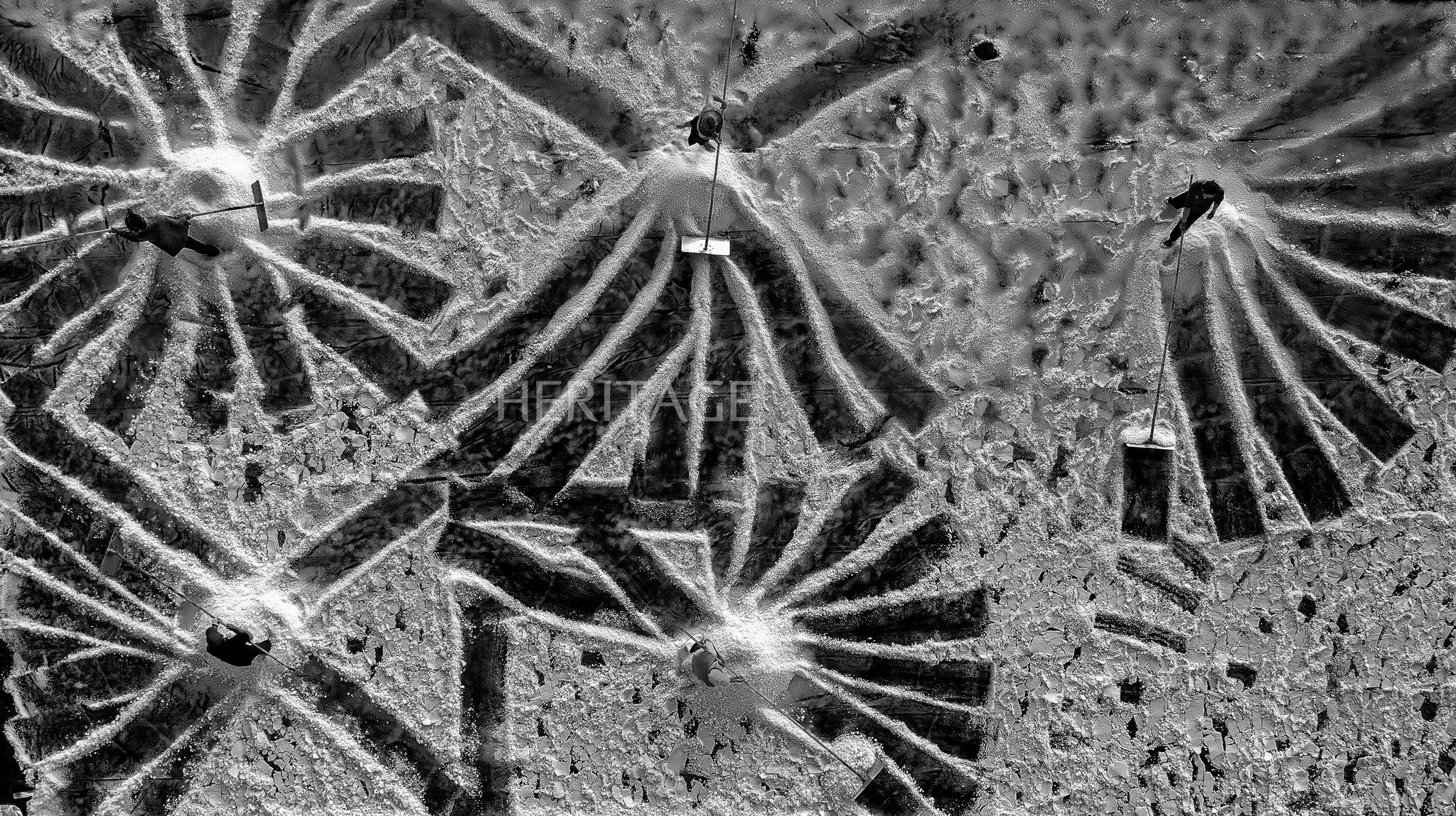
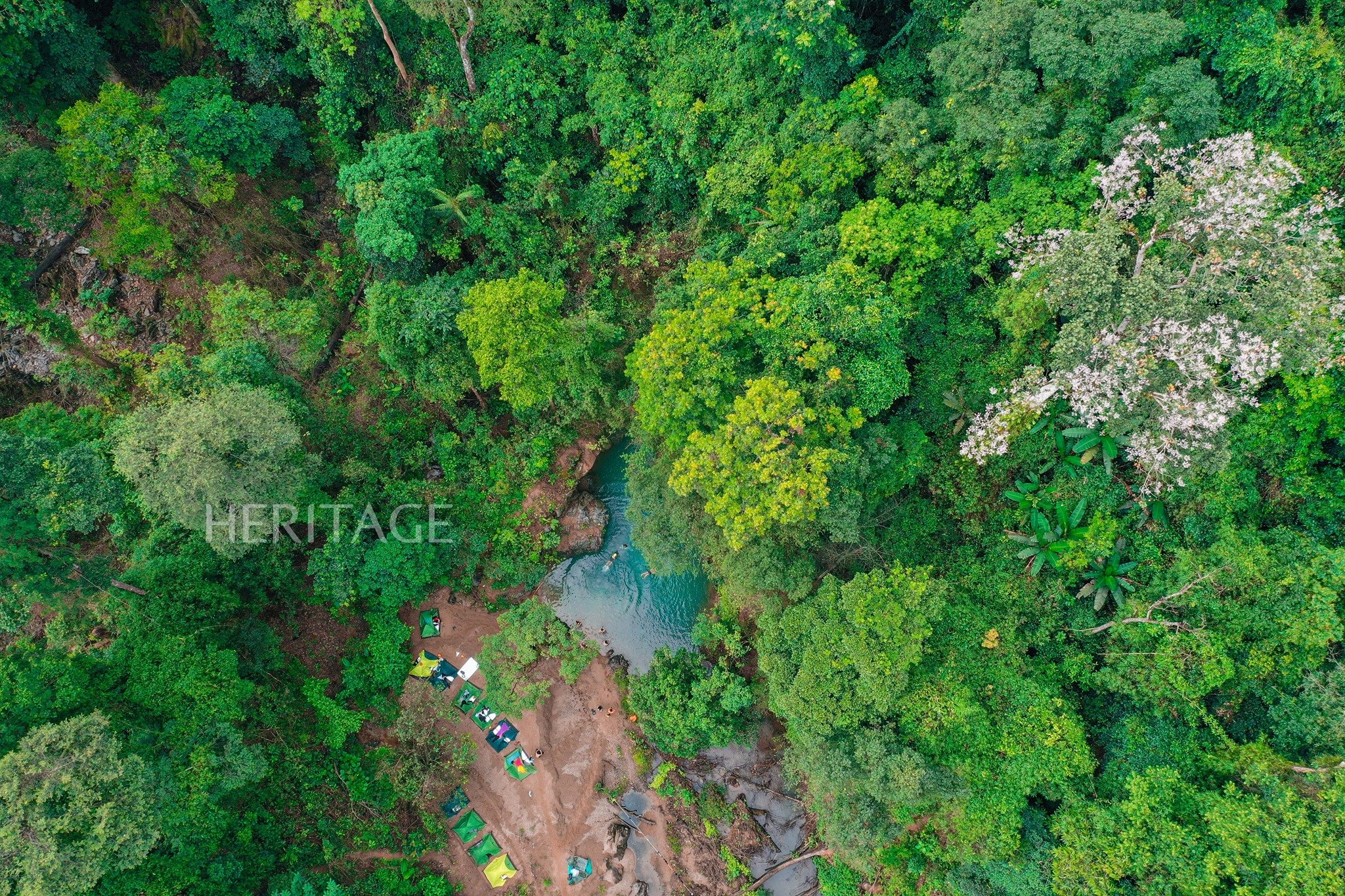
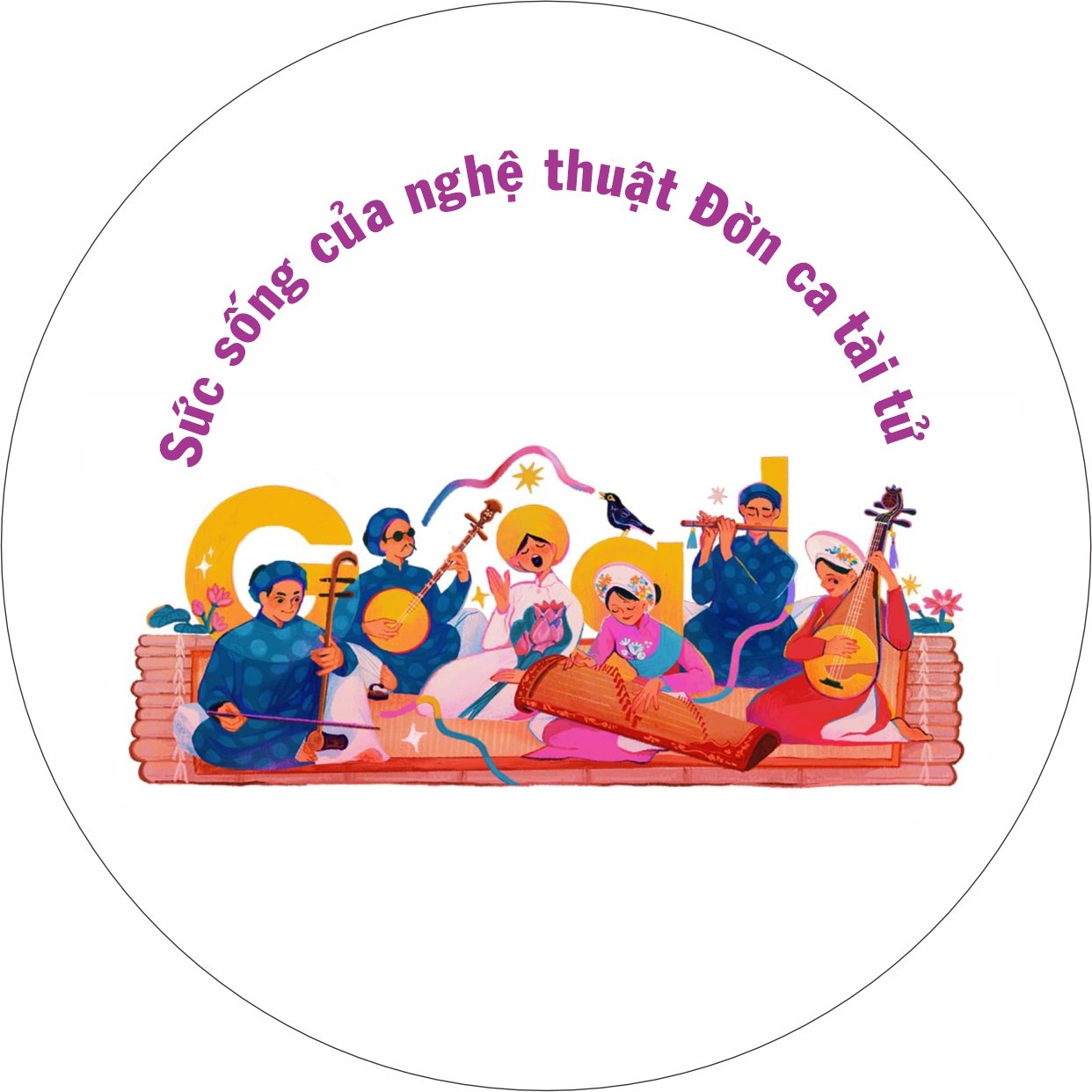

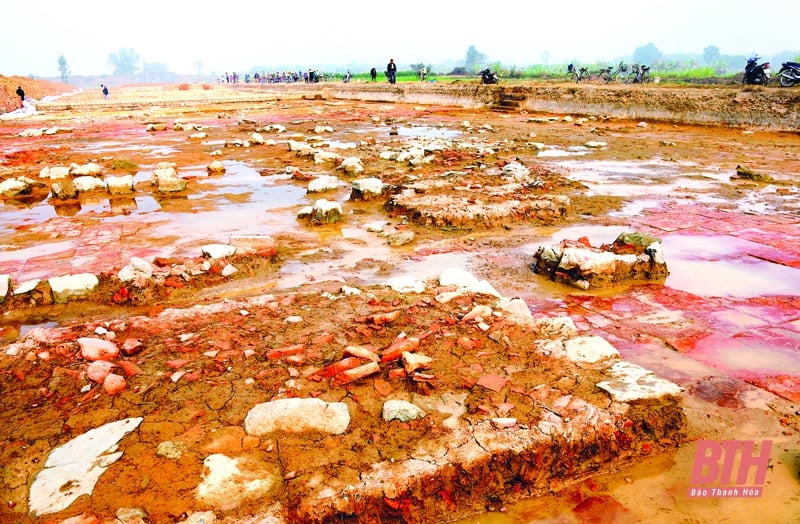

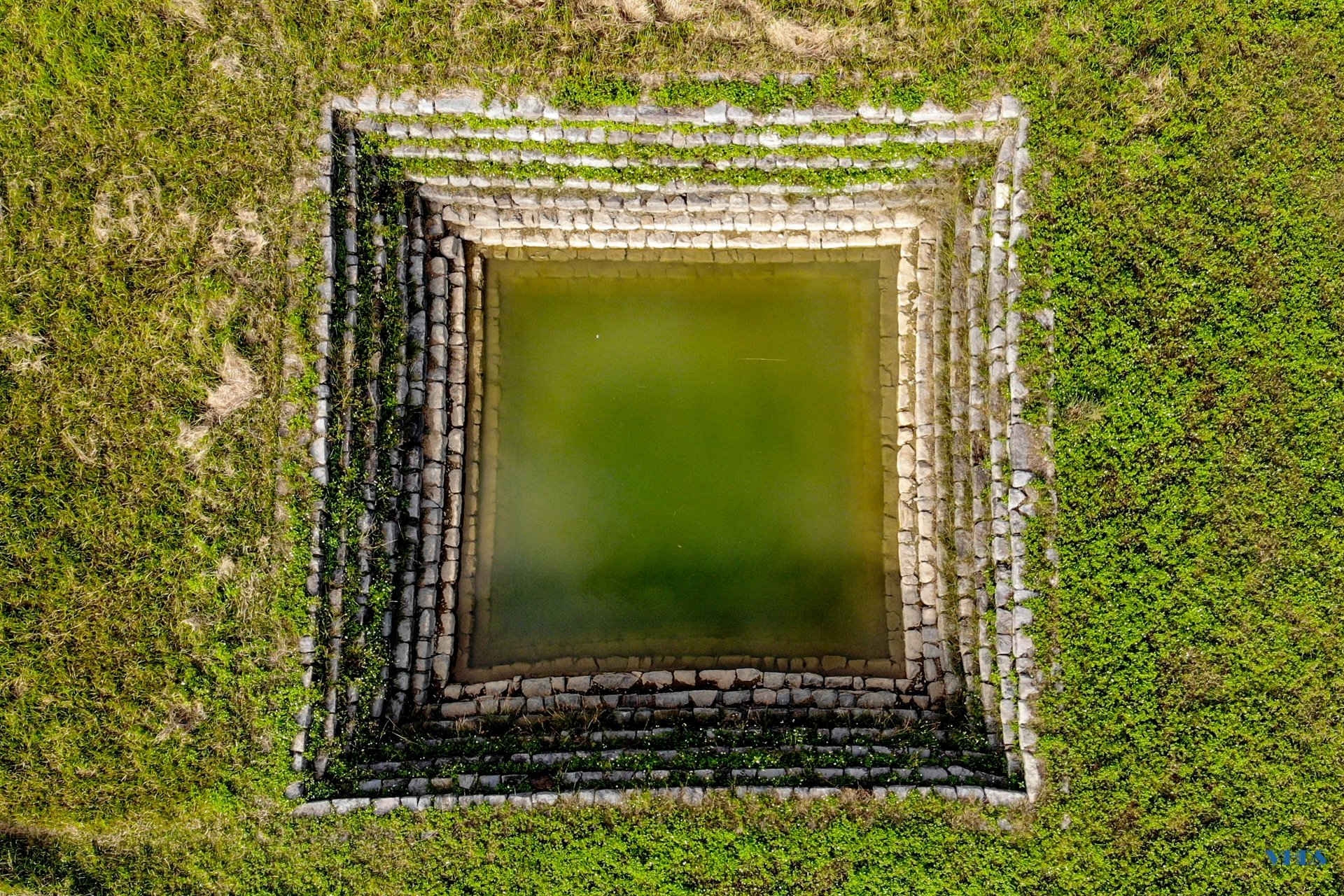

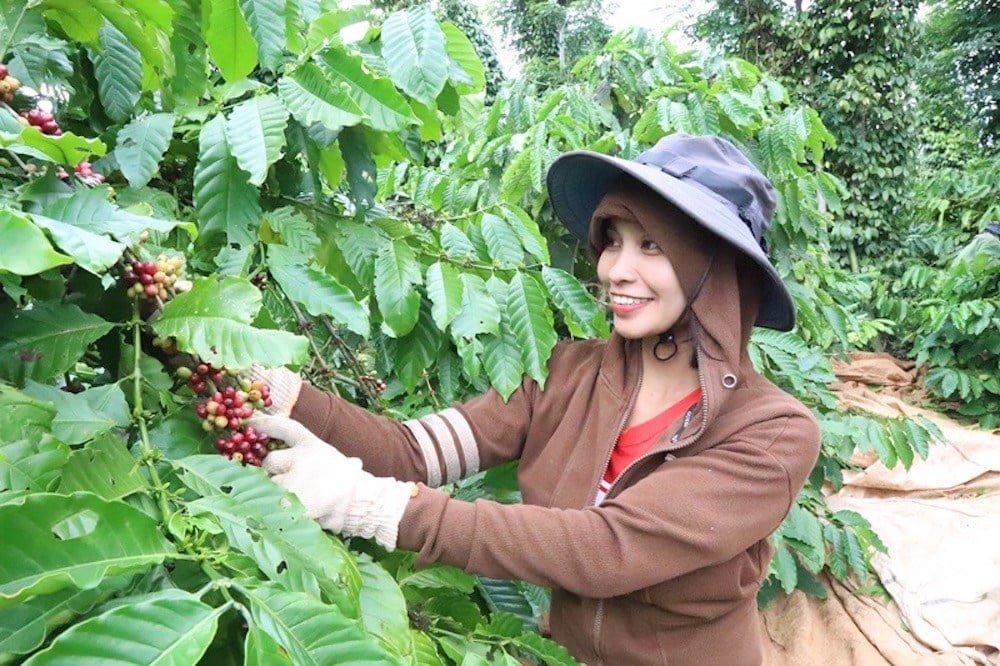

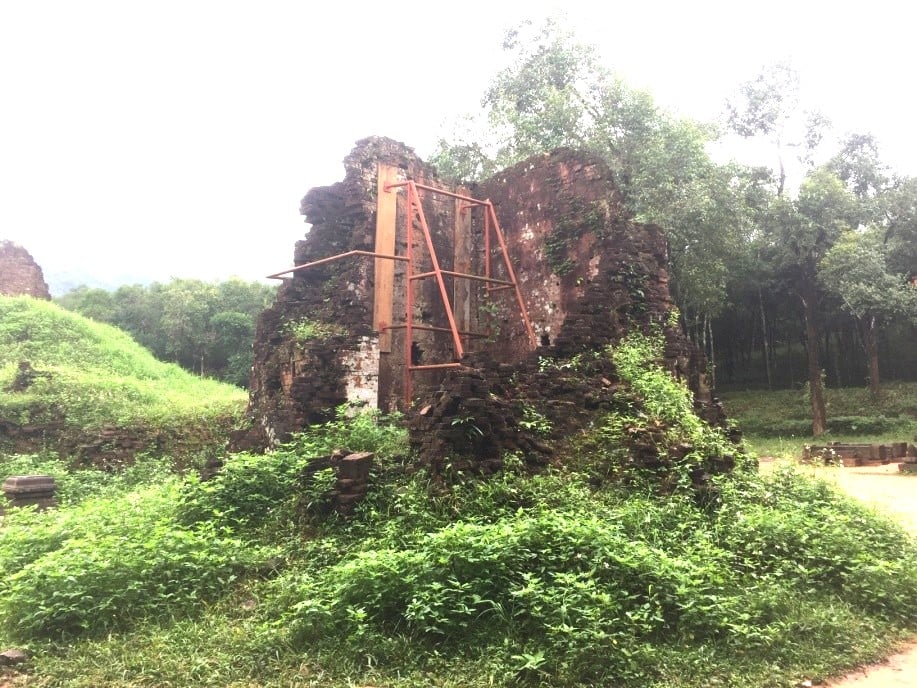
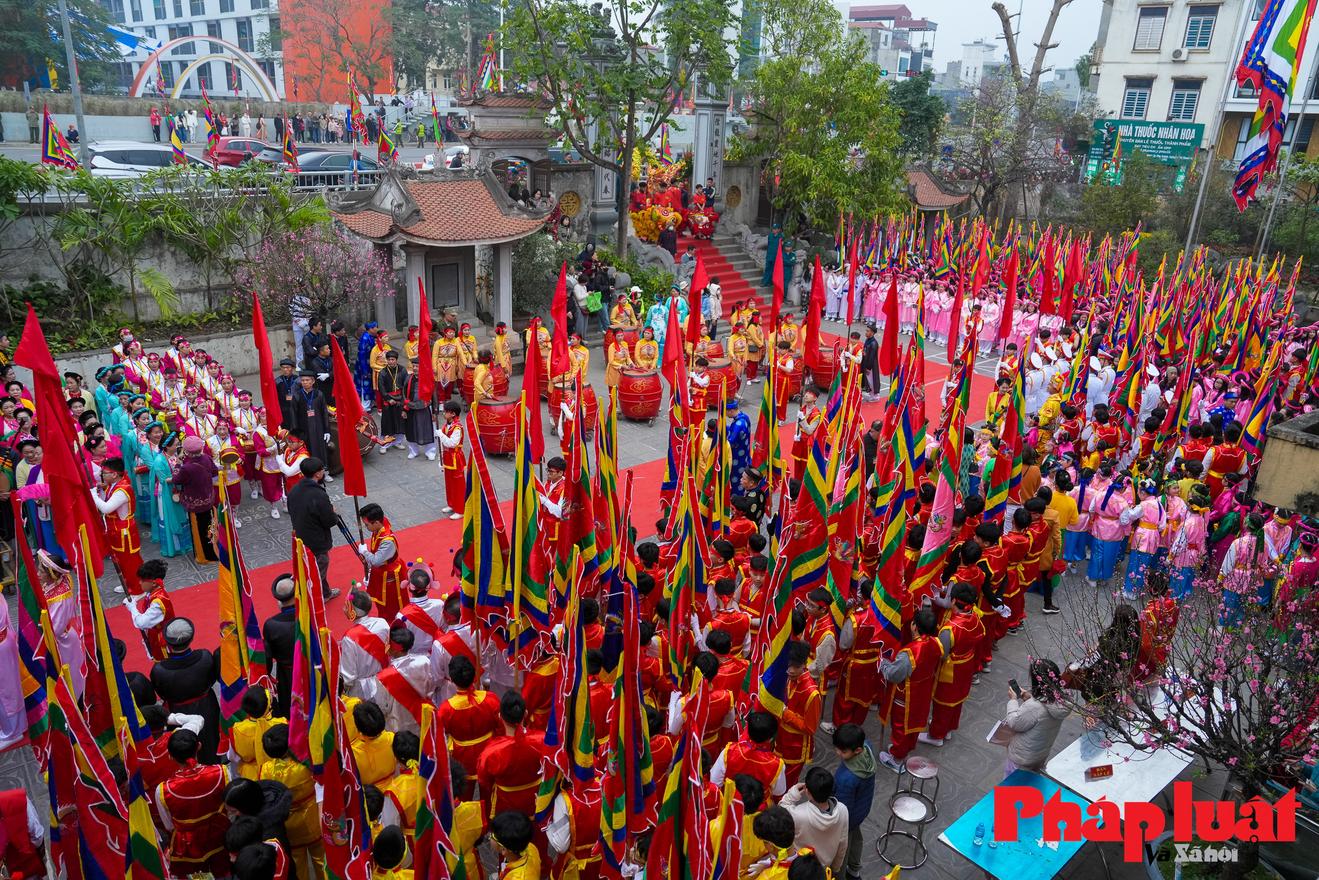



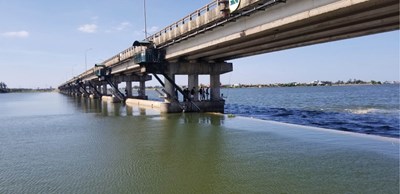
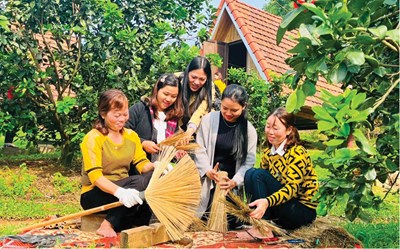
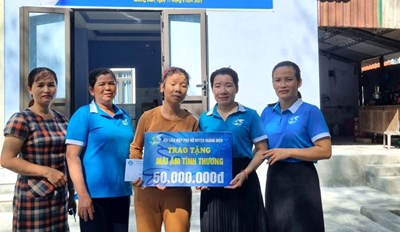
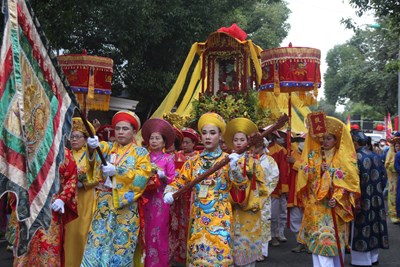
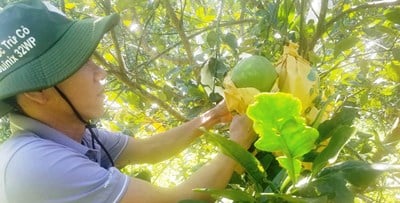
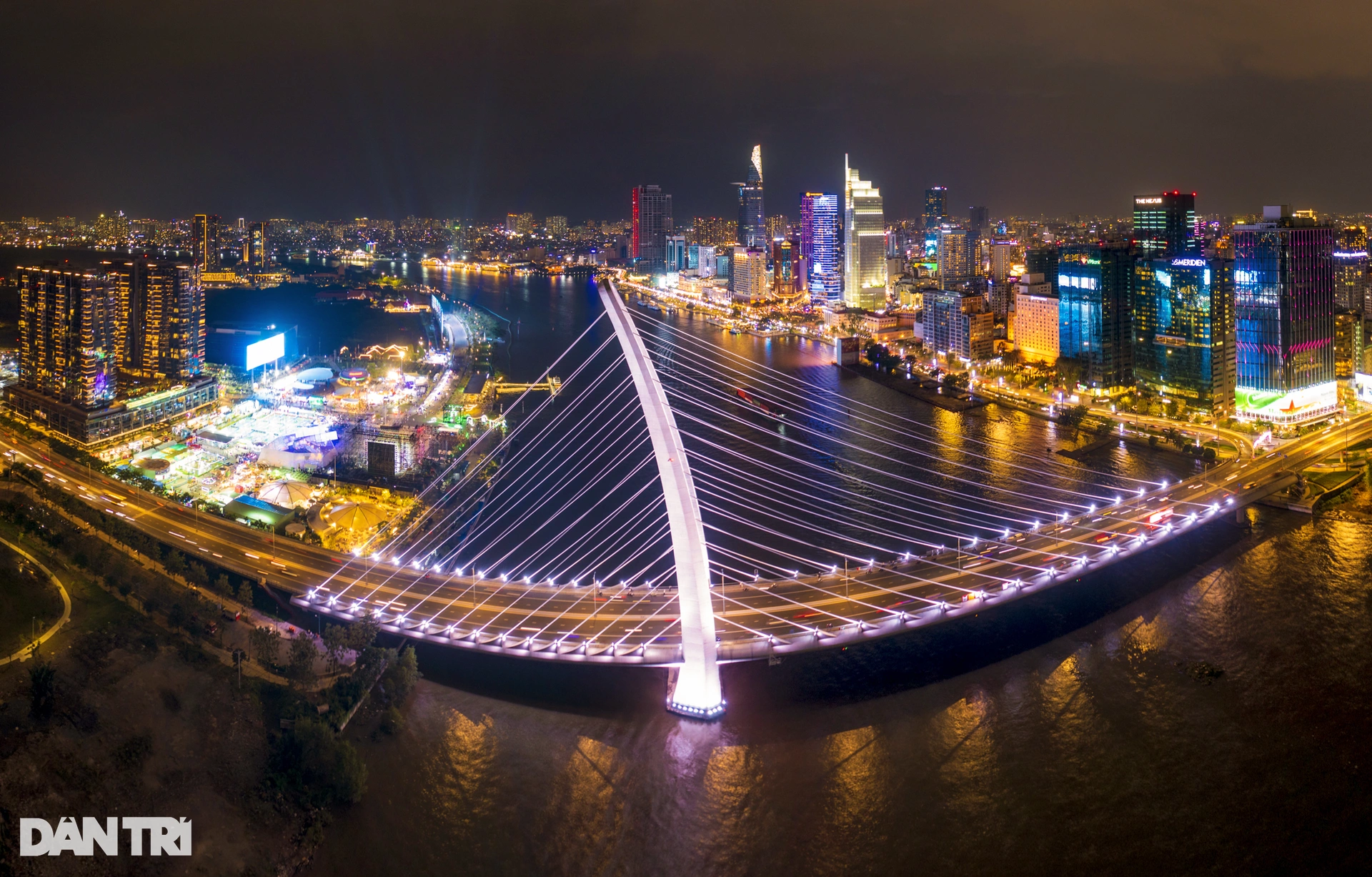
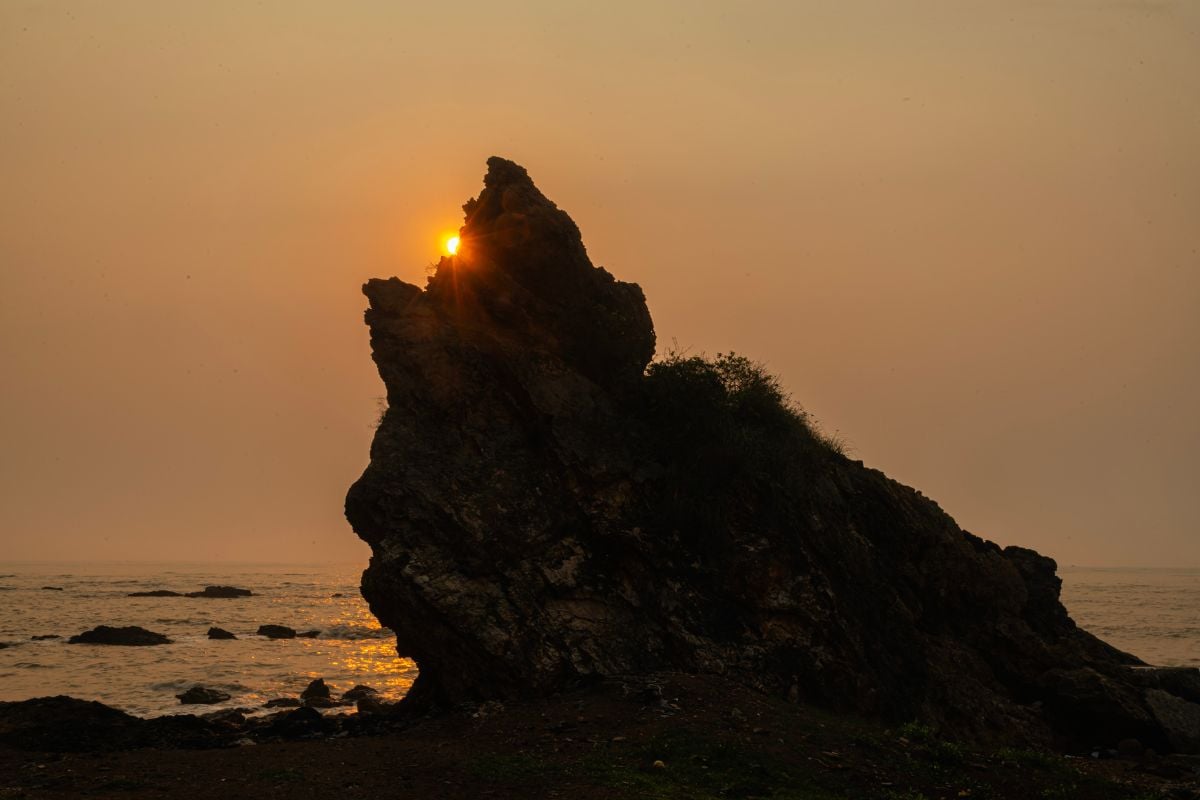

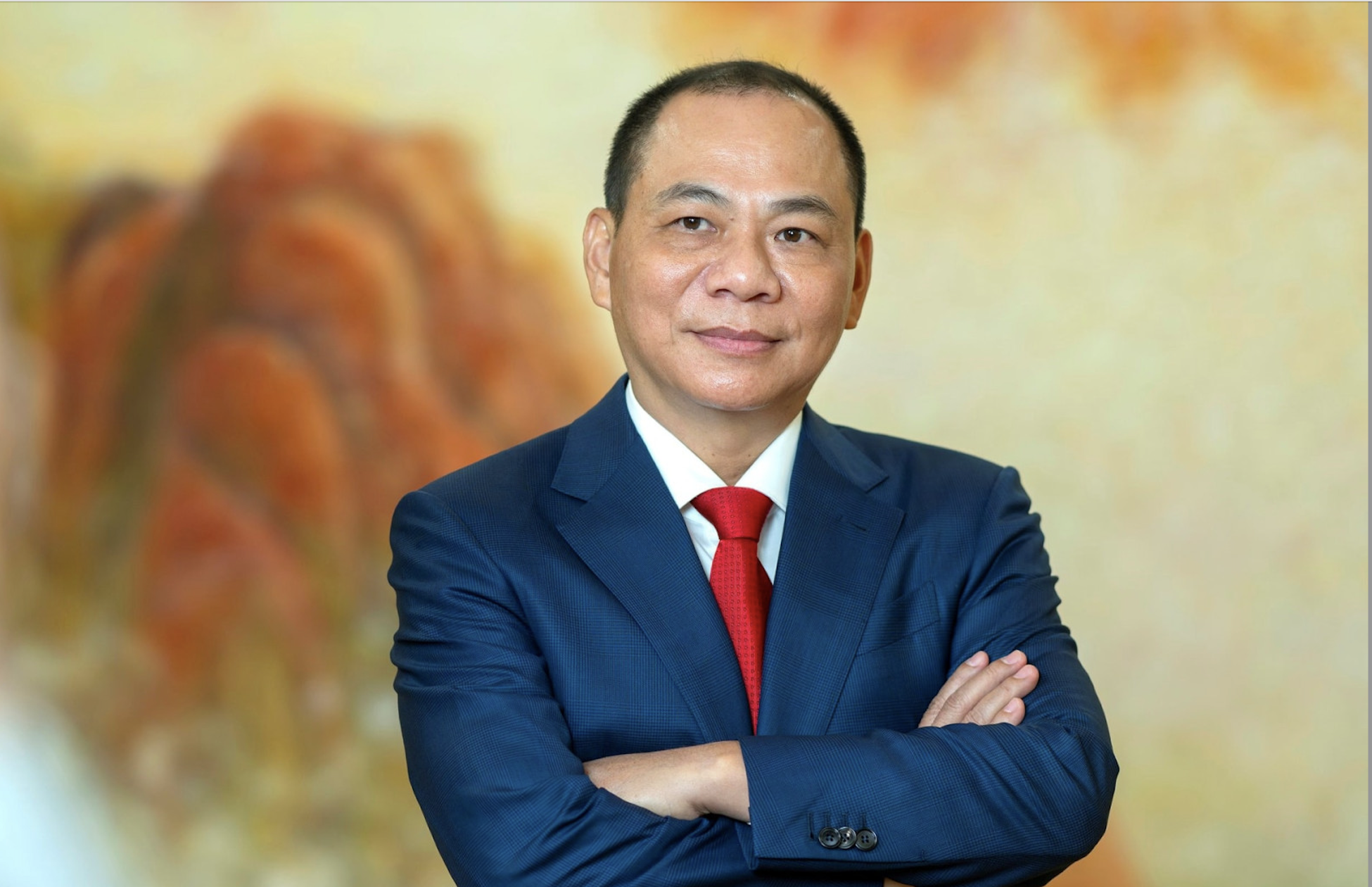


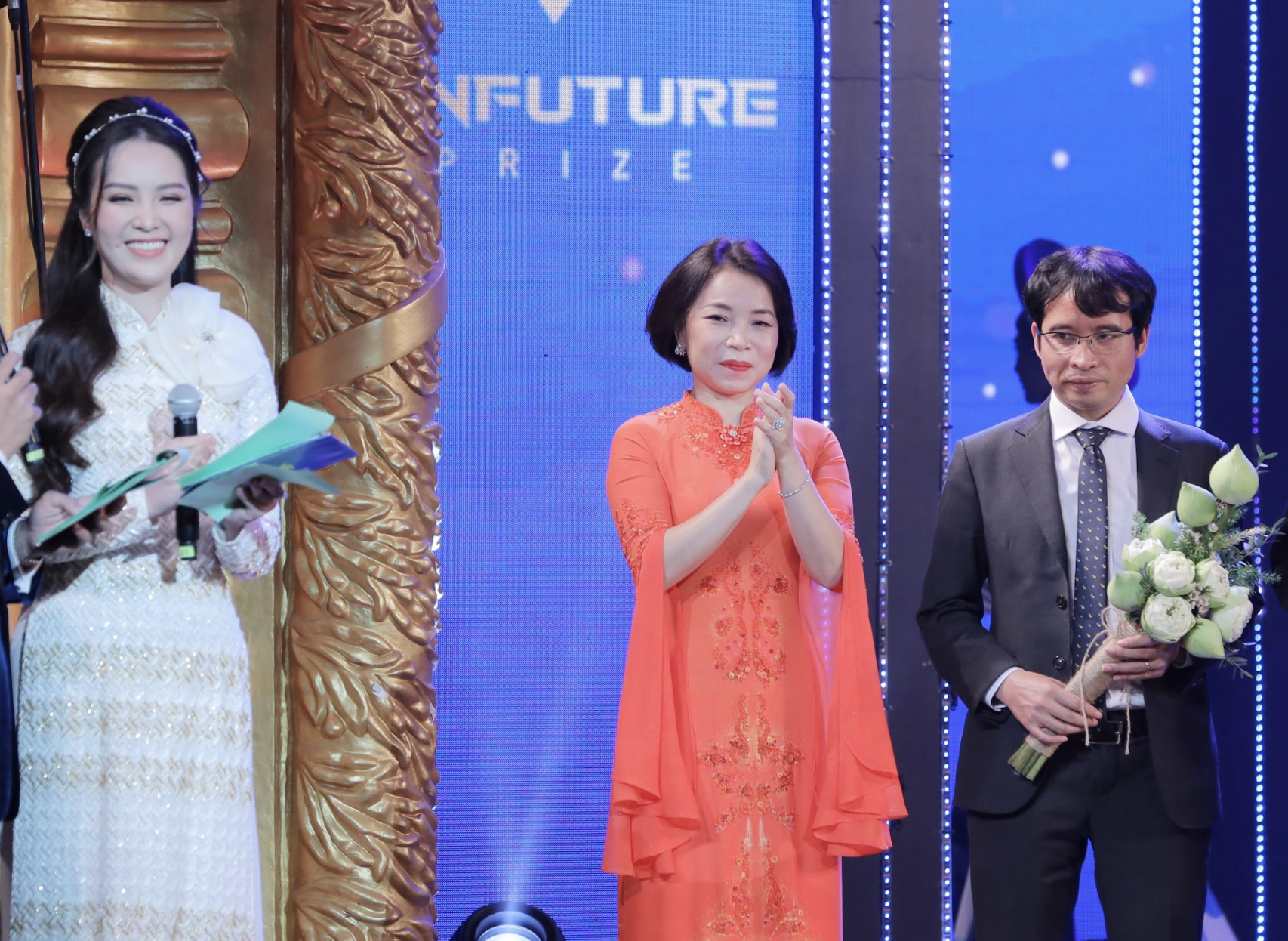
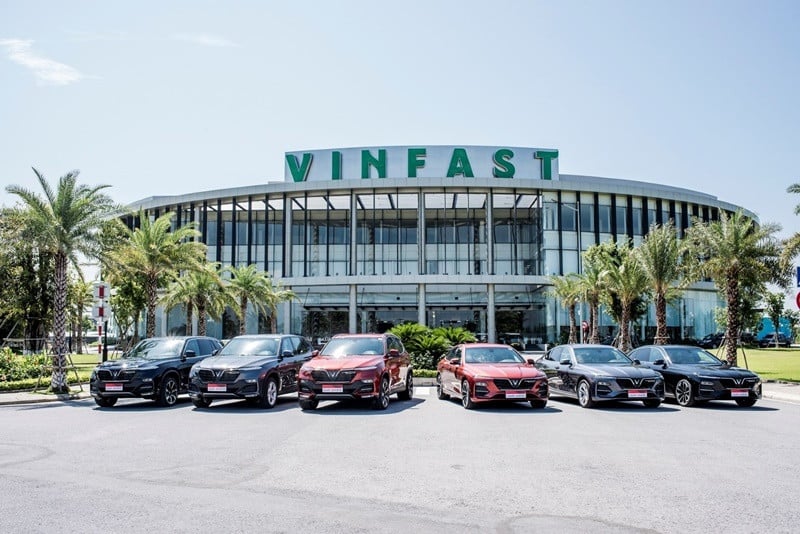
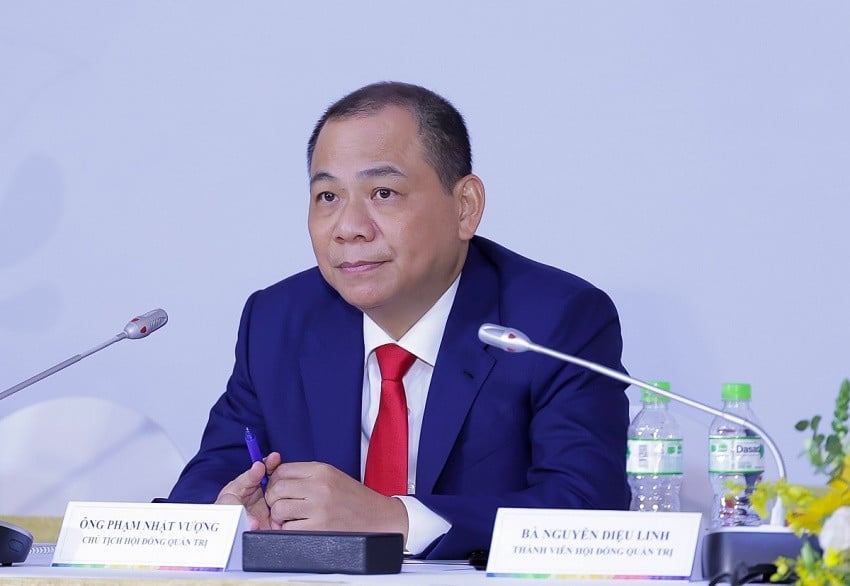








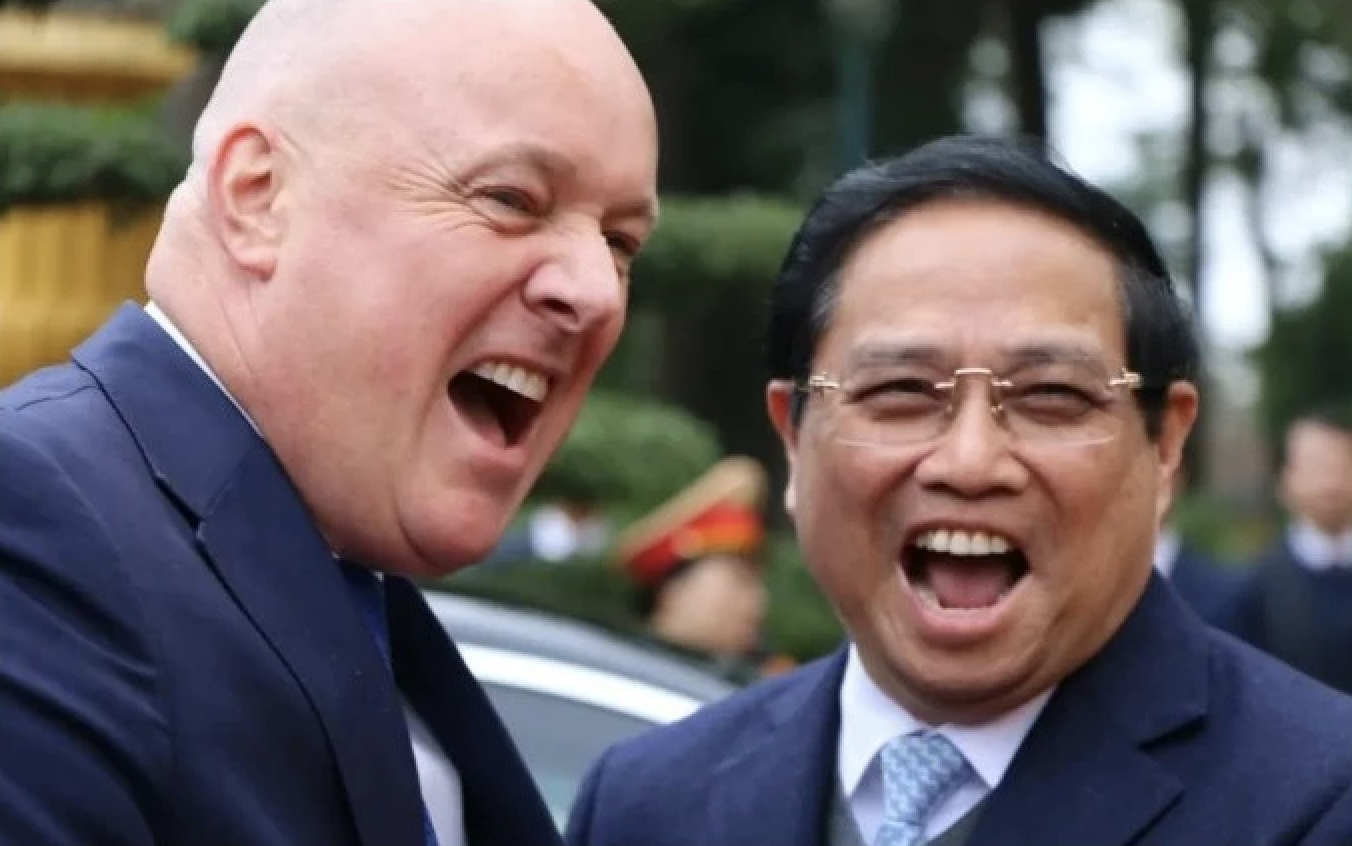

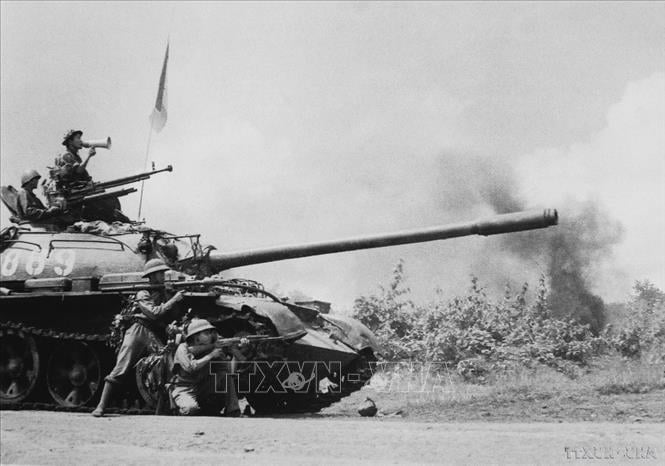



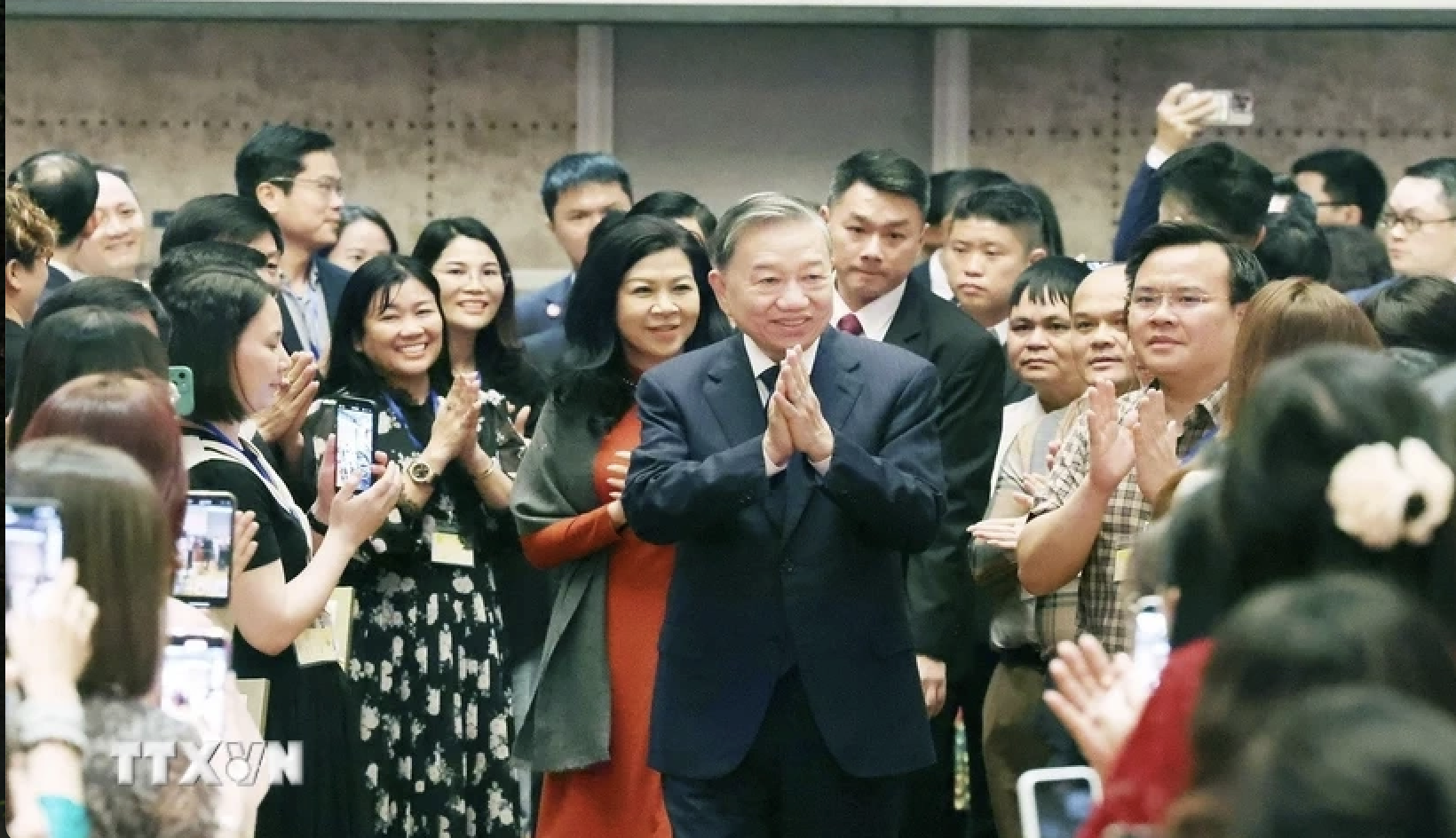

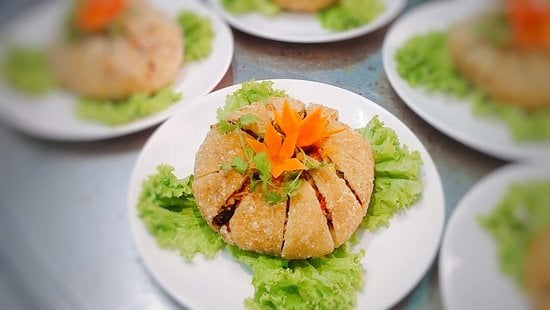

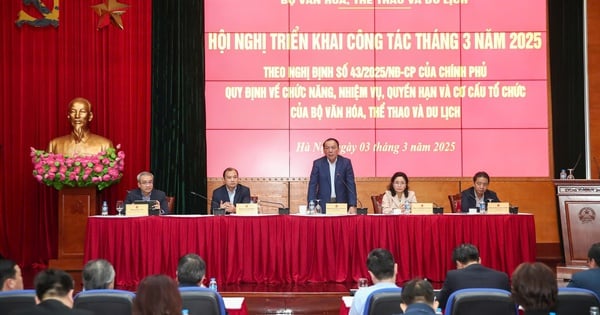

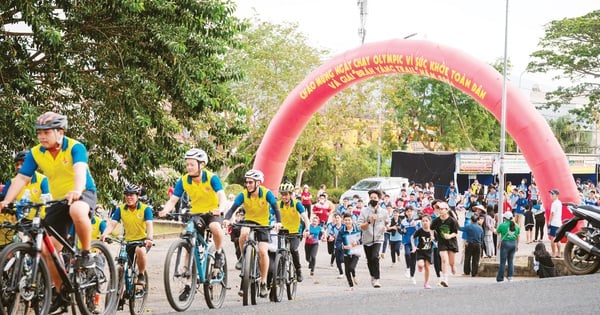
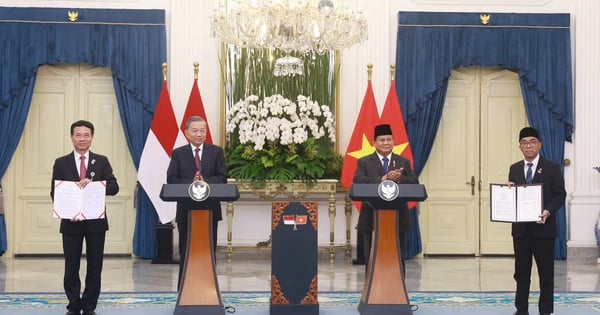

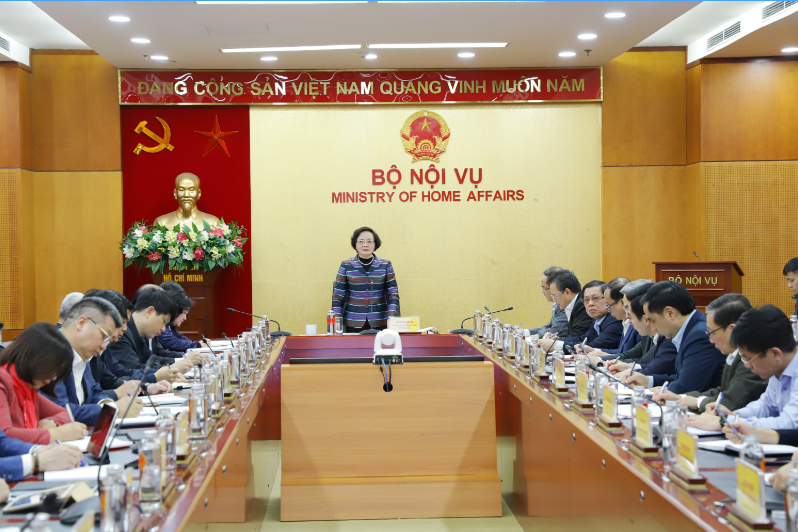

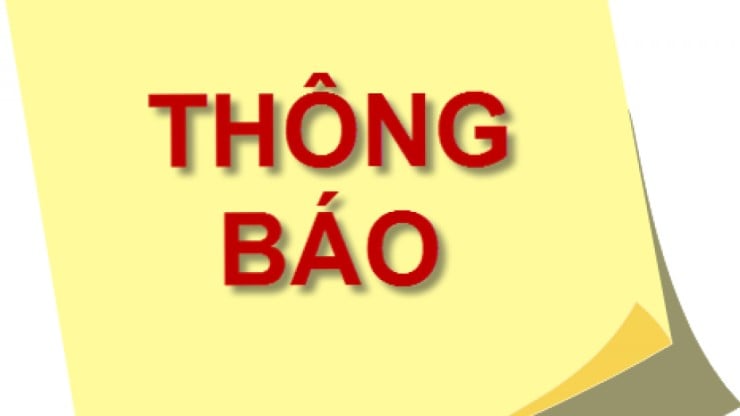
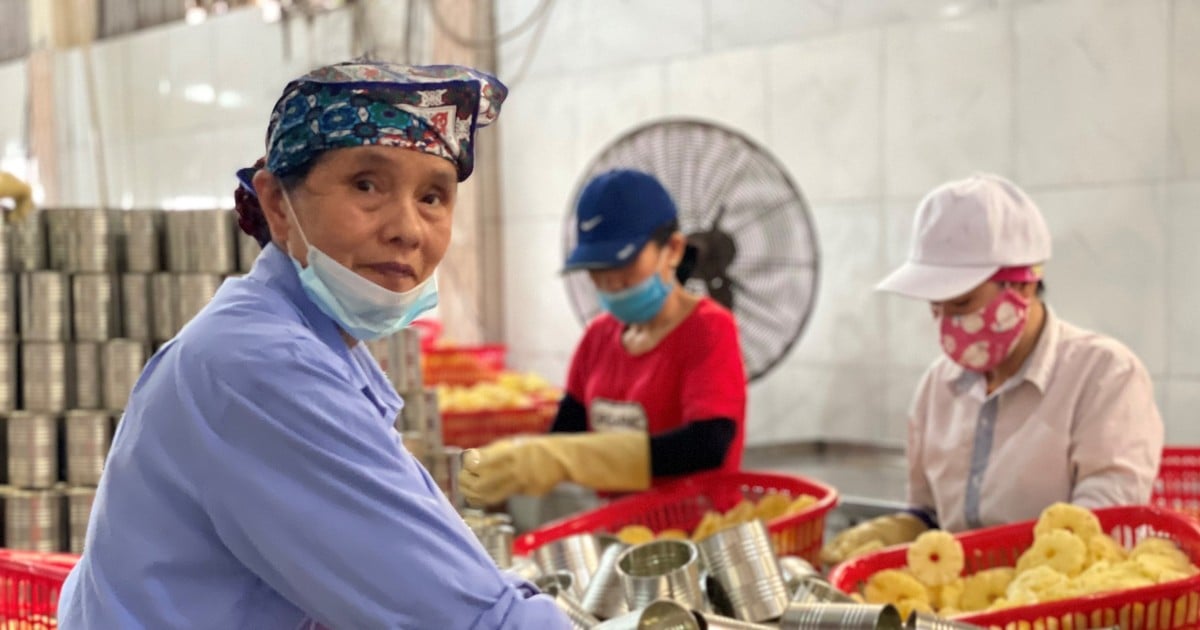






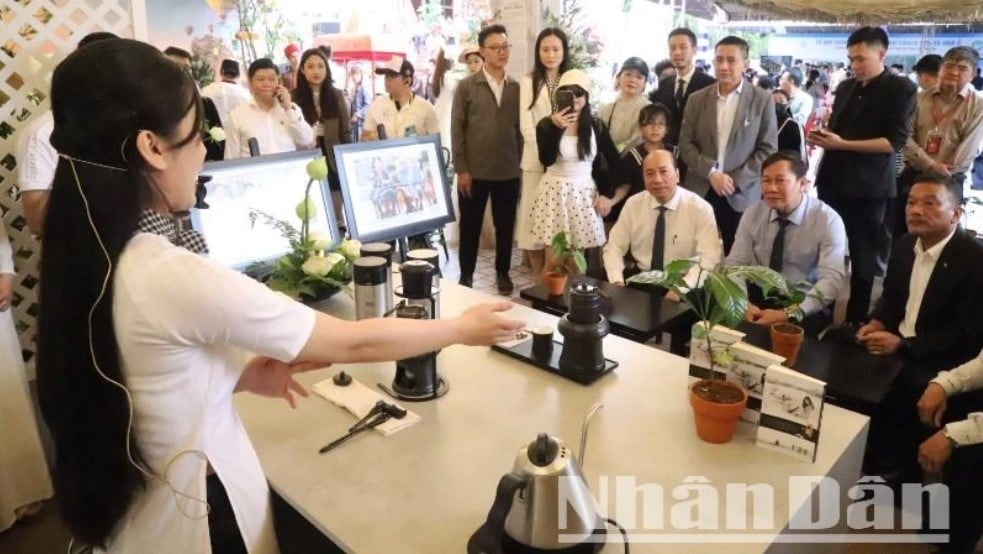

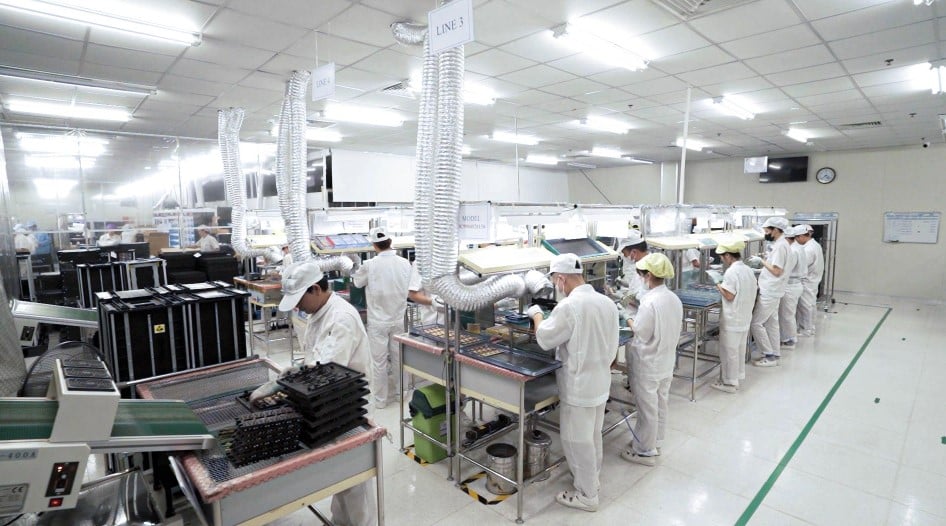
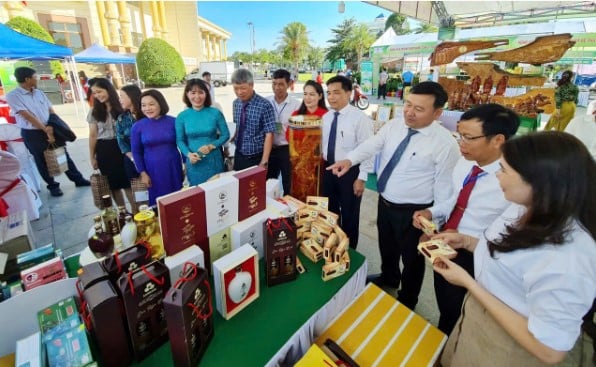

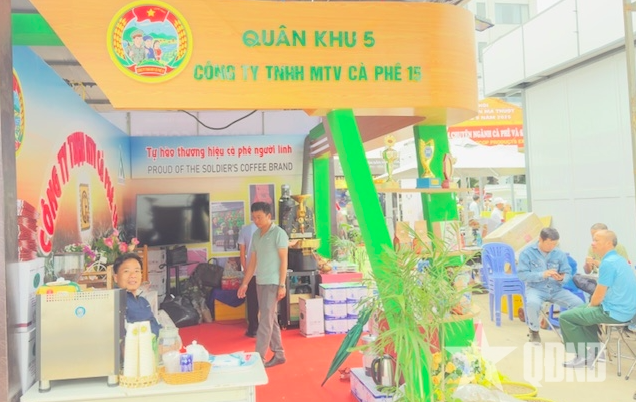

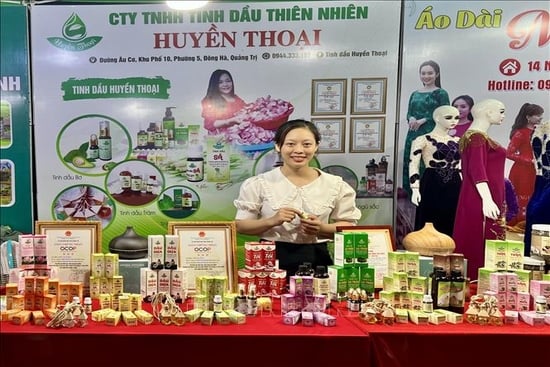

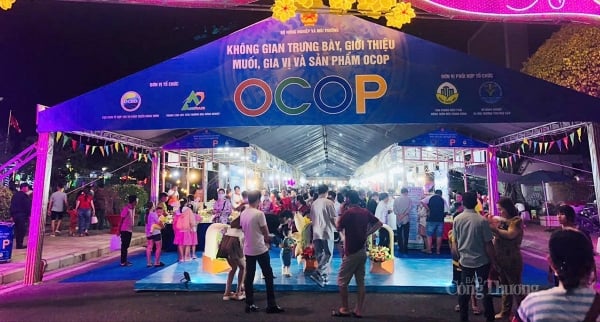

Comment (0)